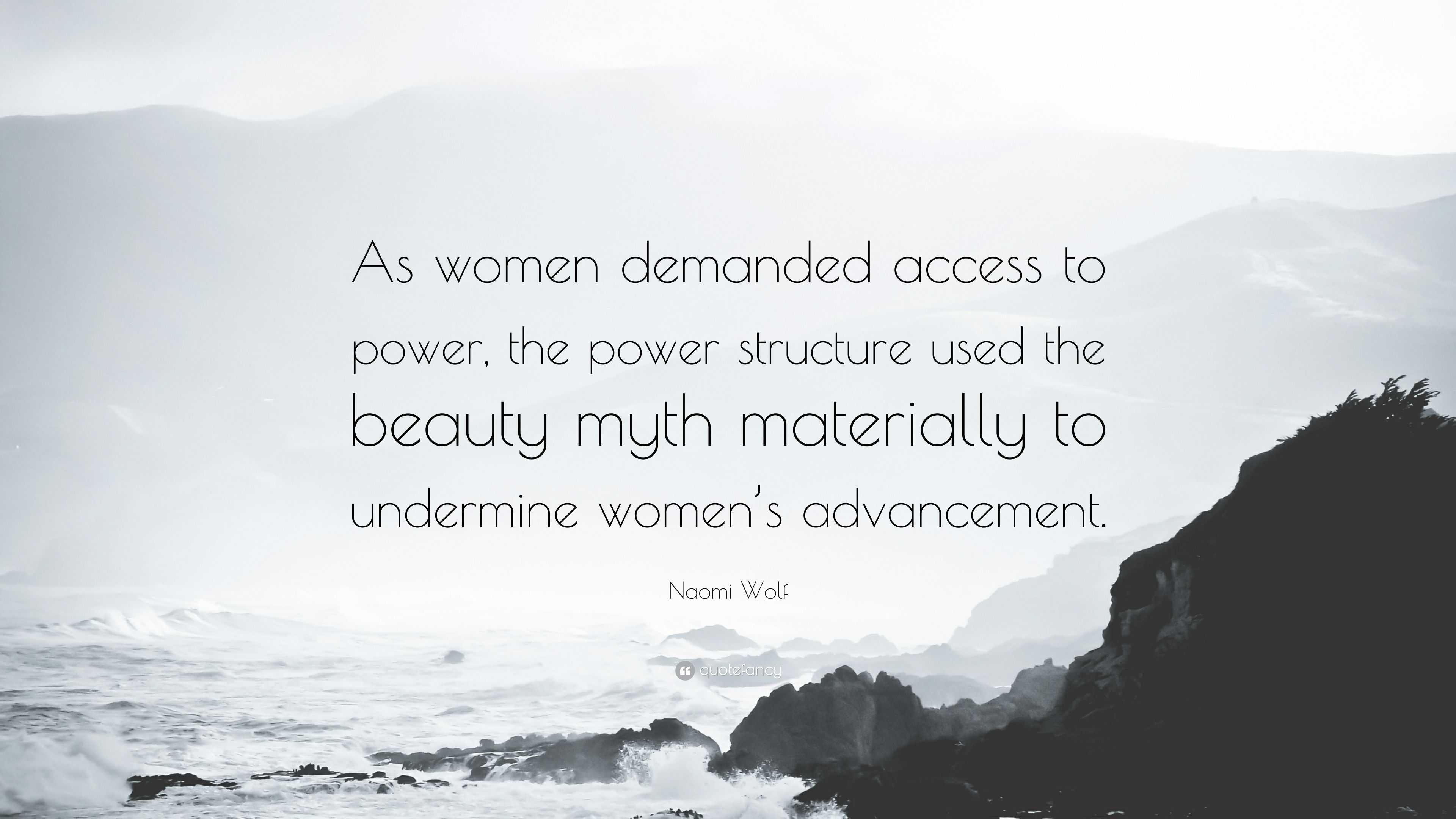
Yet this “beauty tax” namely, demand for extra investment is higher for women than for men. When employees climb the professional ladder they are required to invest more in their appearance. When primed to think that gender hierarchies are being threatened, people who hold sexist ideals are more likely to endorse PBN. This is not the case for those who merely subscribe to beauty ideals (such as valuing certain traits like youth or thinness), or those who believe that beauty is attainable but do not demand that women pursue beauty. Those who subscribe to the PBN are more likely to have values and ideologies that seek to enhance gender hierarchies, or the dominance of men over women in society. The Prescriptive Beauty Norm (PBN) reflects a desire to enhance gender hierarchy and contributes to social policing of women and employment discrimination practices known as the “beauty tax.”

This study tests cultural critics’ hypotheses, assessing 1) the motivations behind those who uphold the Prescriptive Beauty Norm (PBN), 2) the workplace backlash, known as the “beauty tax,” against women who fail to conform, and 3) the relationship between the PBN and orthodox religious values that uphold gender hierarchy. When women are objectified (e.g., evaluated based on their appearance) observers perceive them as less competent. Women’s self-objectification has been found to be associated with decreased political activism for gender equality, less assertiveness in cross-gender interactions, and poorer performance on math assessments. Social science research shows that women’s belief that their value is determined by their beauty, which translates into their self-objectification (viewing their bodies from an external perspective), negatively impacts women and gender equality.

The “prescriptive beauty norm” (PBN), is a term that describes this social phenomenon, where women feel social pressure to intensively pursue beauty.

A key critique came from Naomi Wolf, who argued that after feminism’s “second wave,” the pressure placed on women to pursue beauty increased dramatically, reflecting a backlash against women’s progress and increasing power in workplaces and other domains. American women spend an average of 45 minutes grooming each day and make up 80-90% of the $115 billion industry for beauty products, affecting both their time and financial resources.įeminist writers have long critiqued the burden that beauty imperatives place on women.


 0 kommentar(er)
0 kommentar(er)
